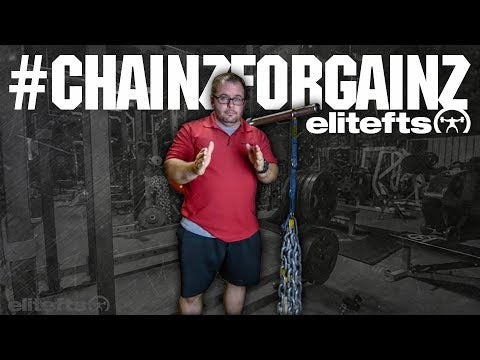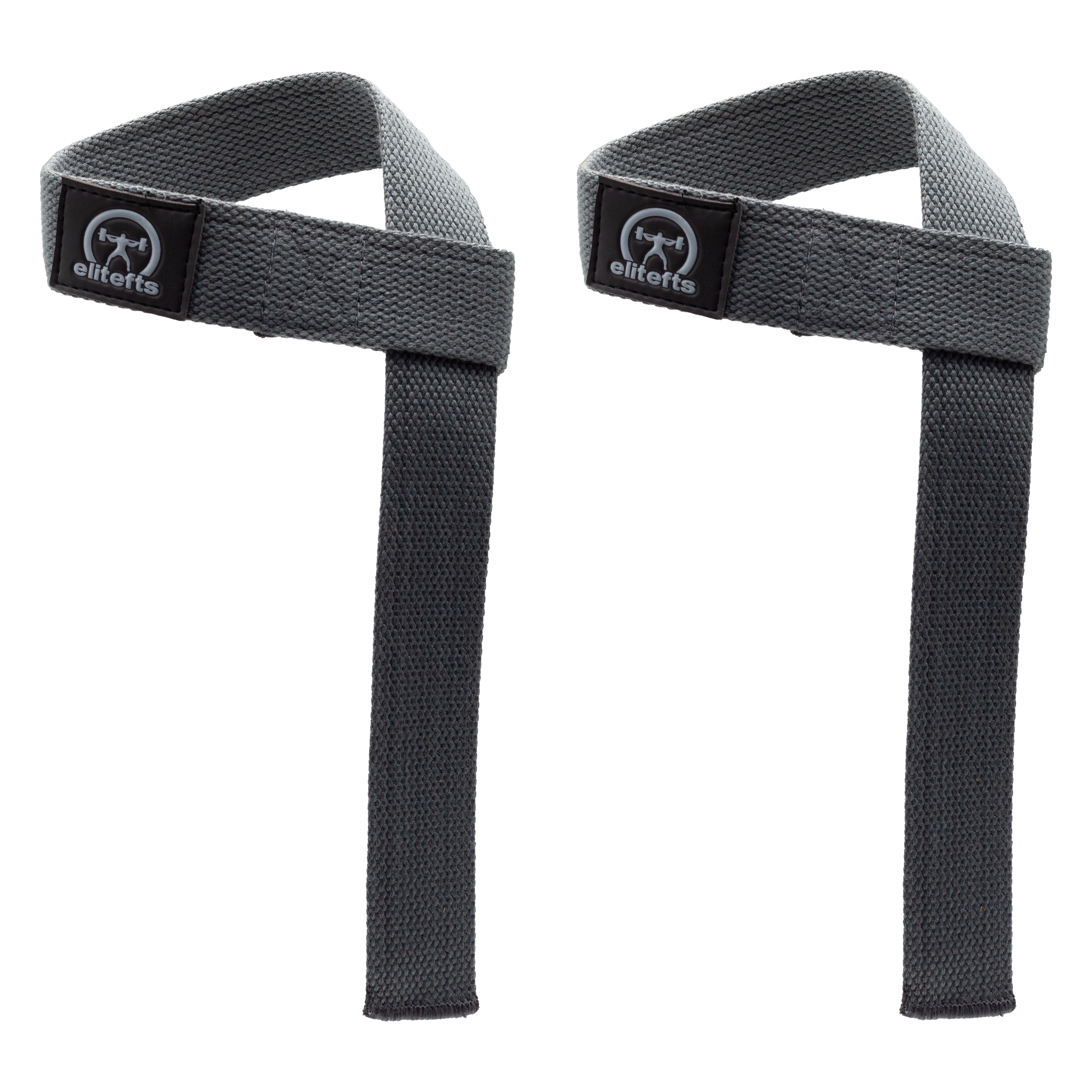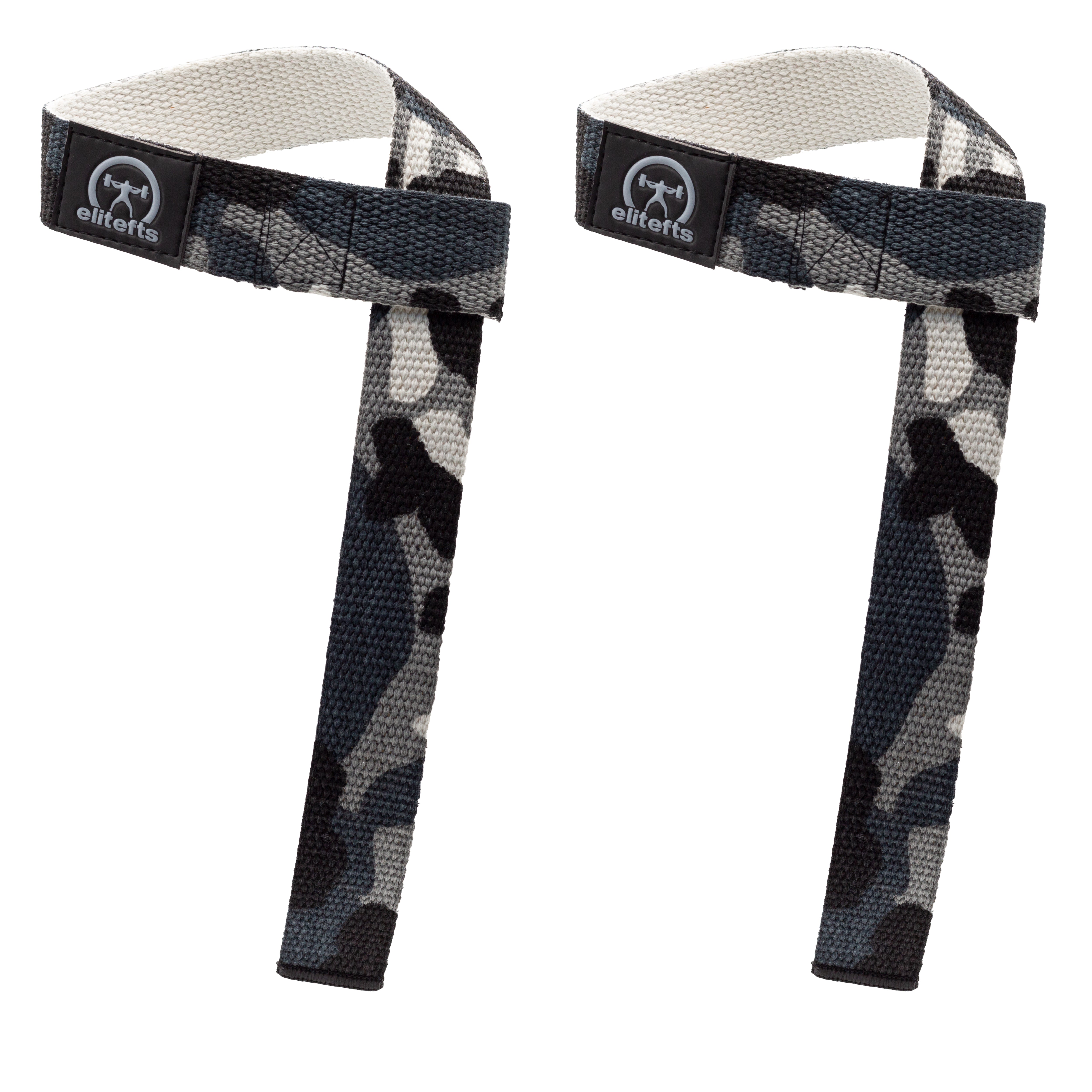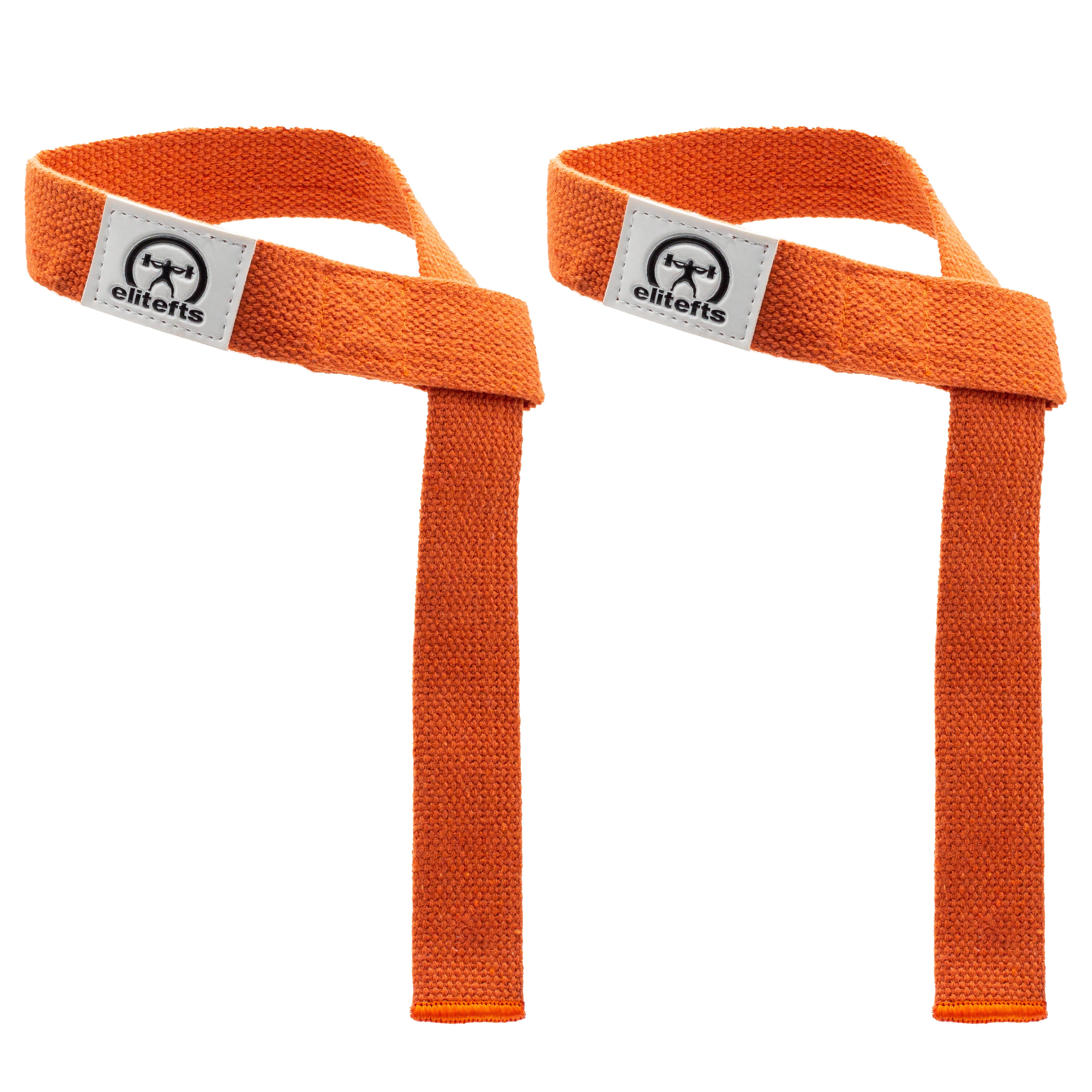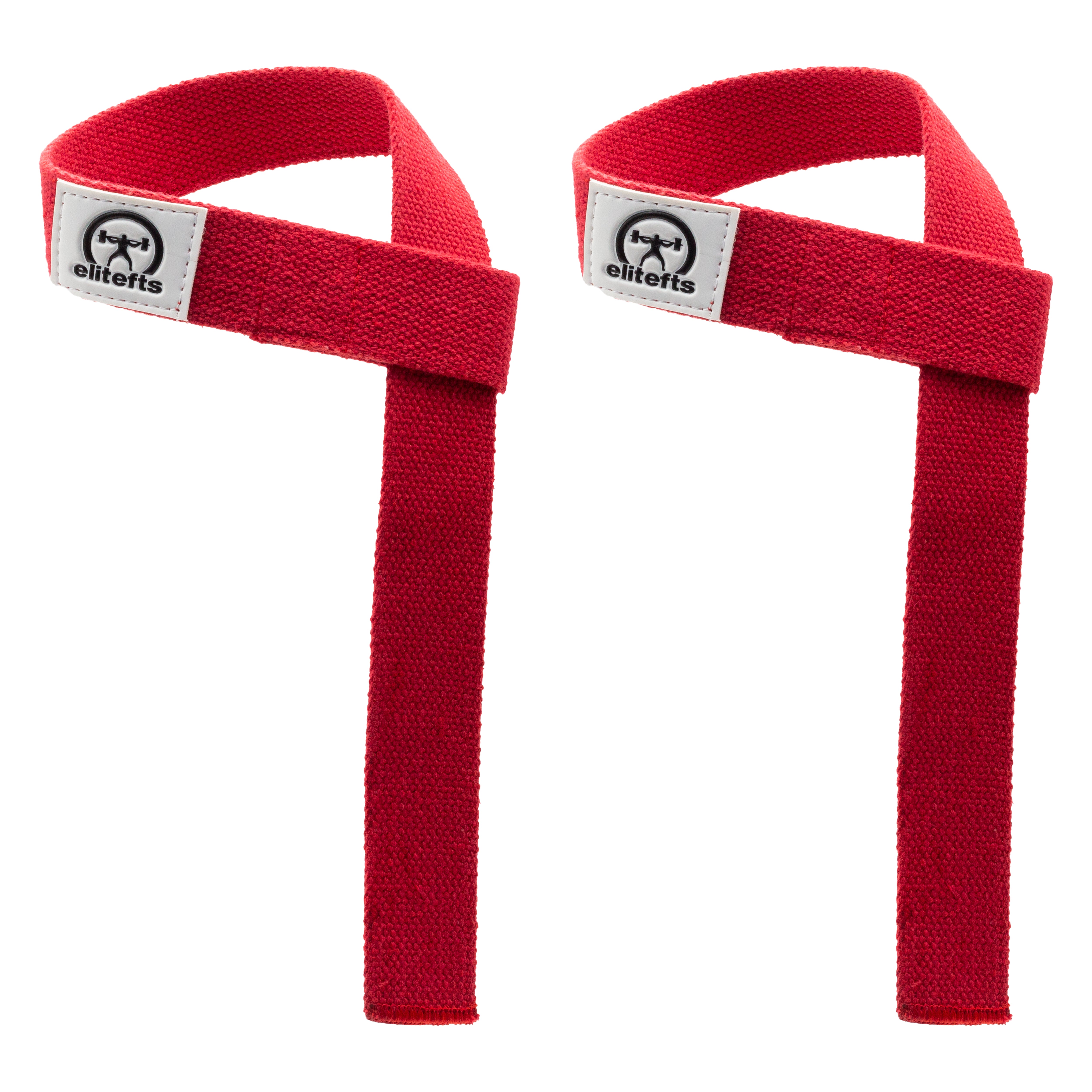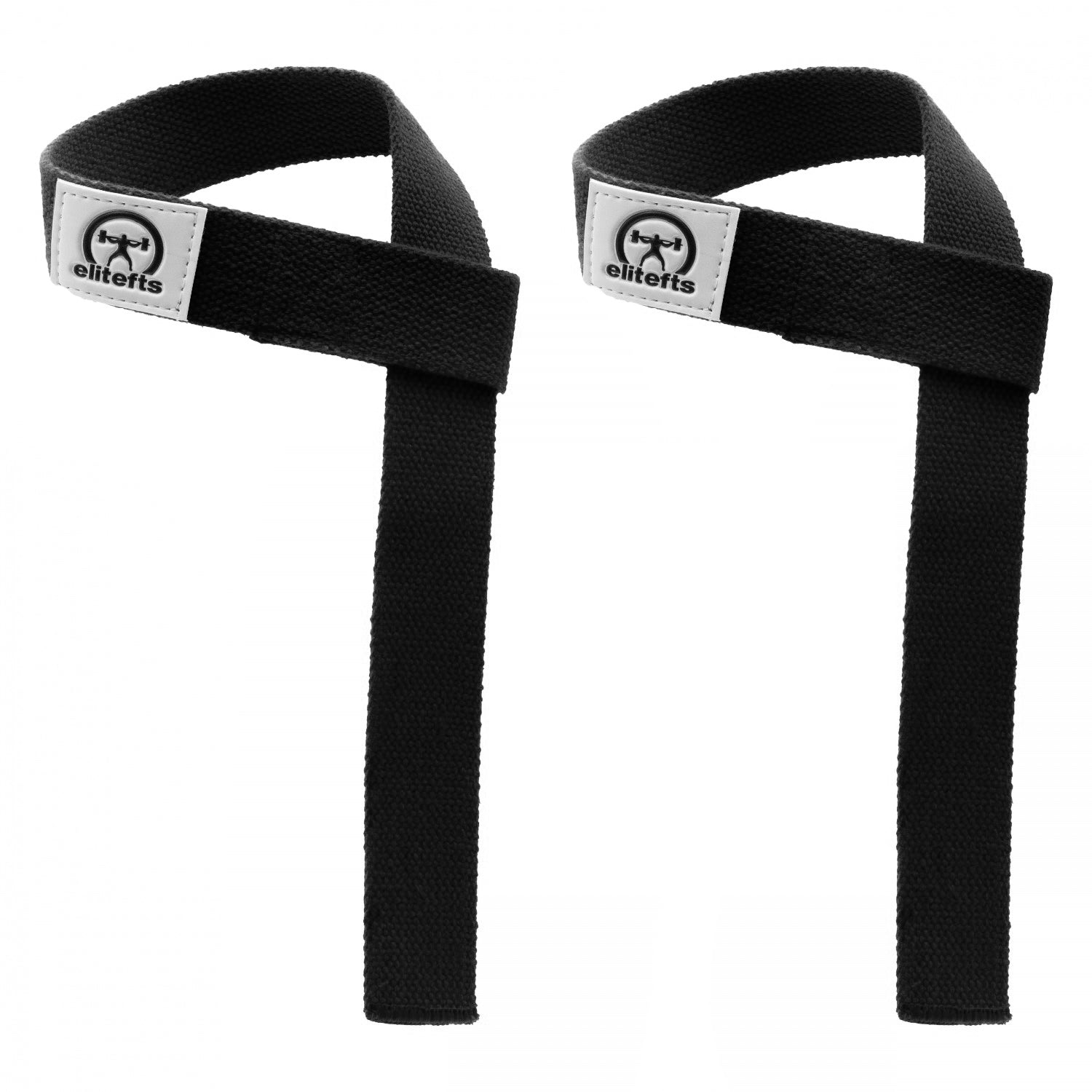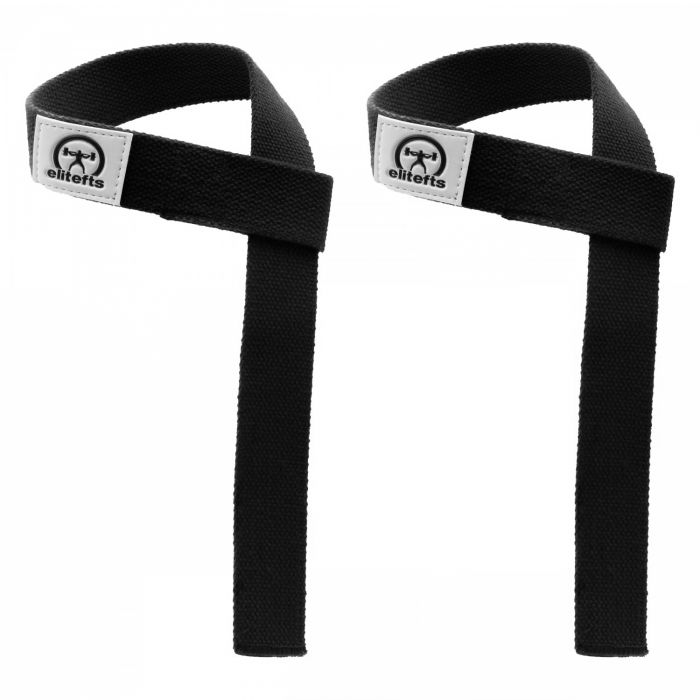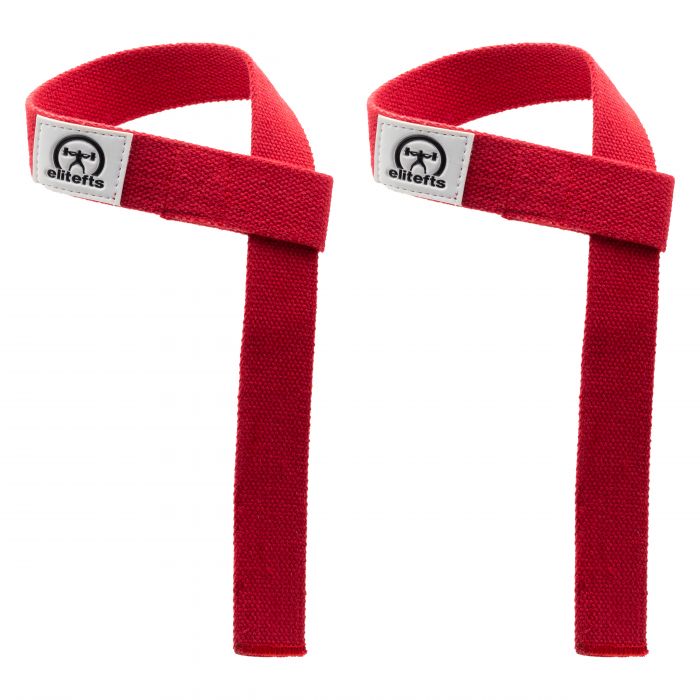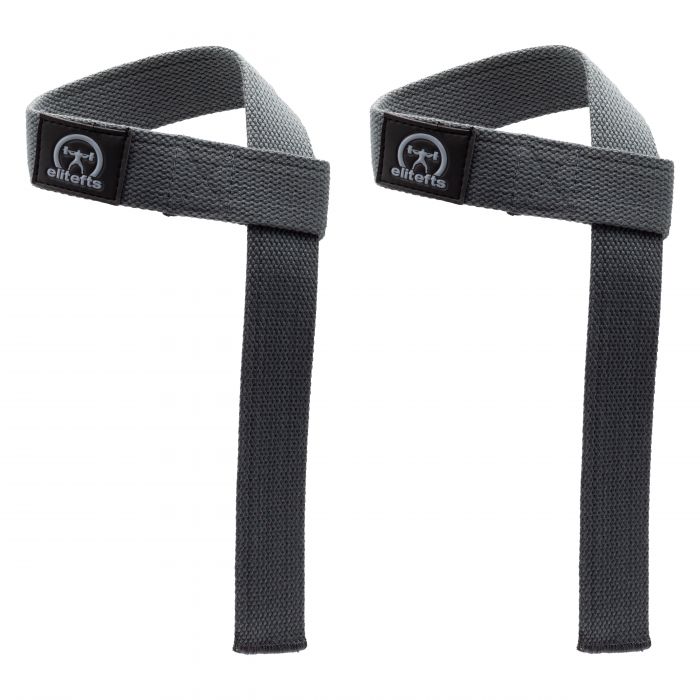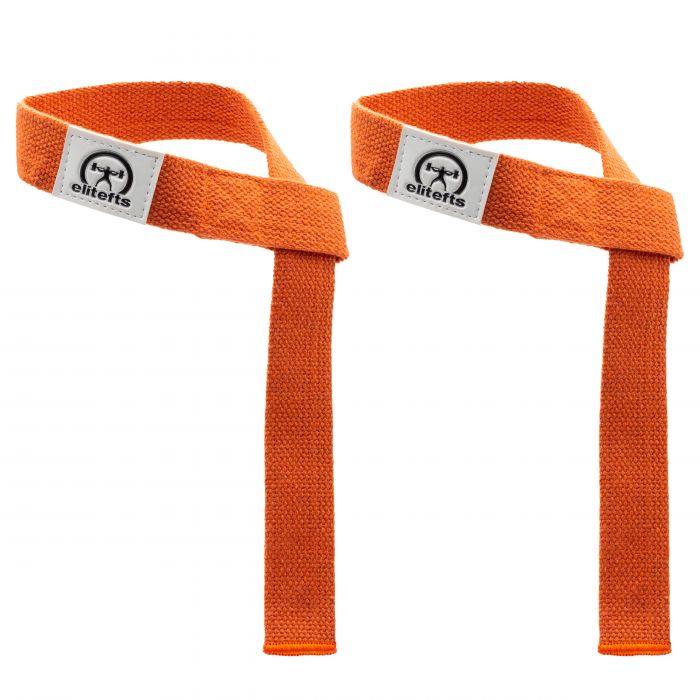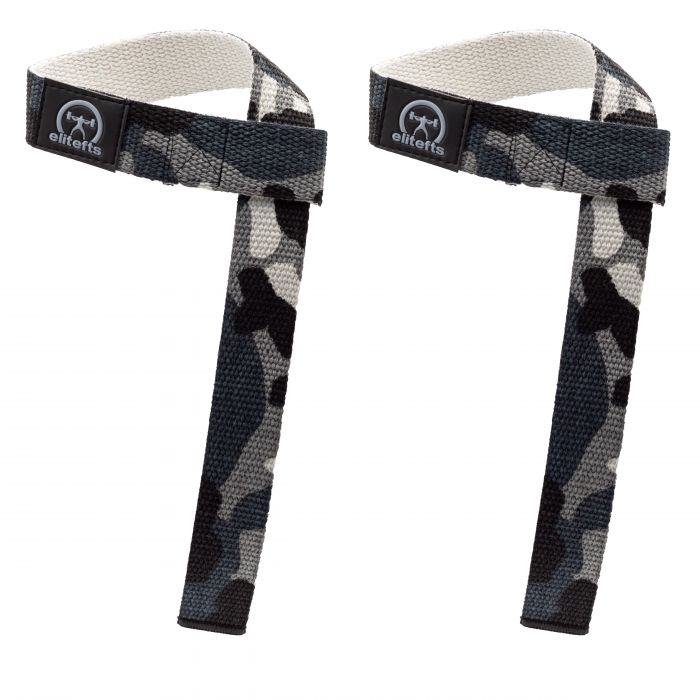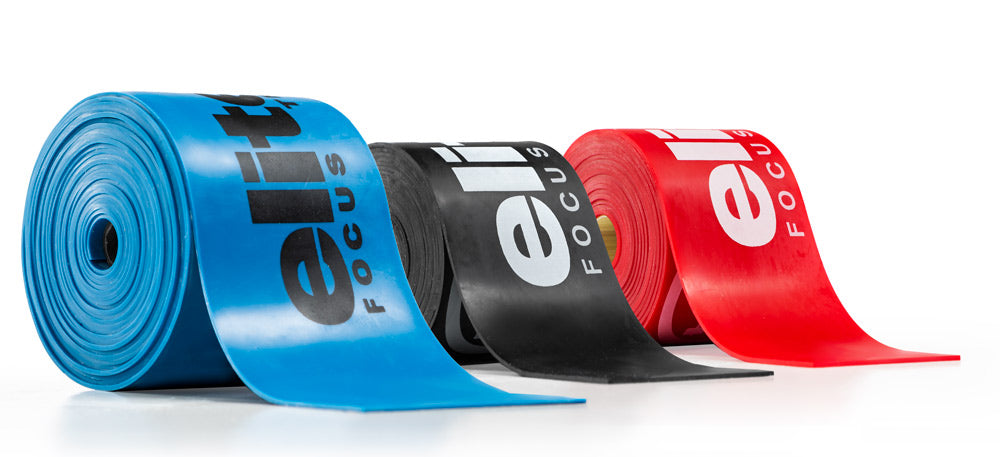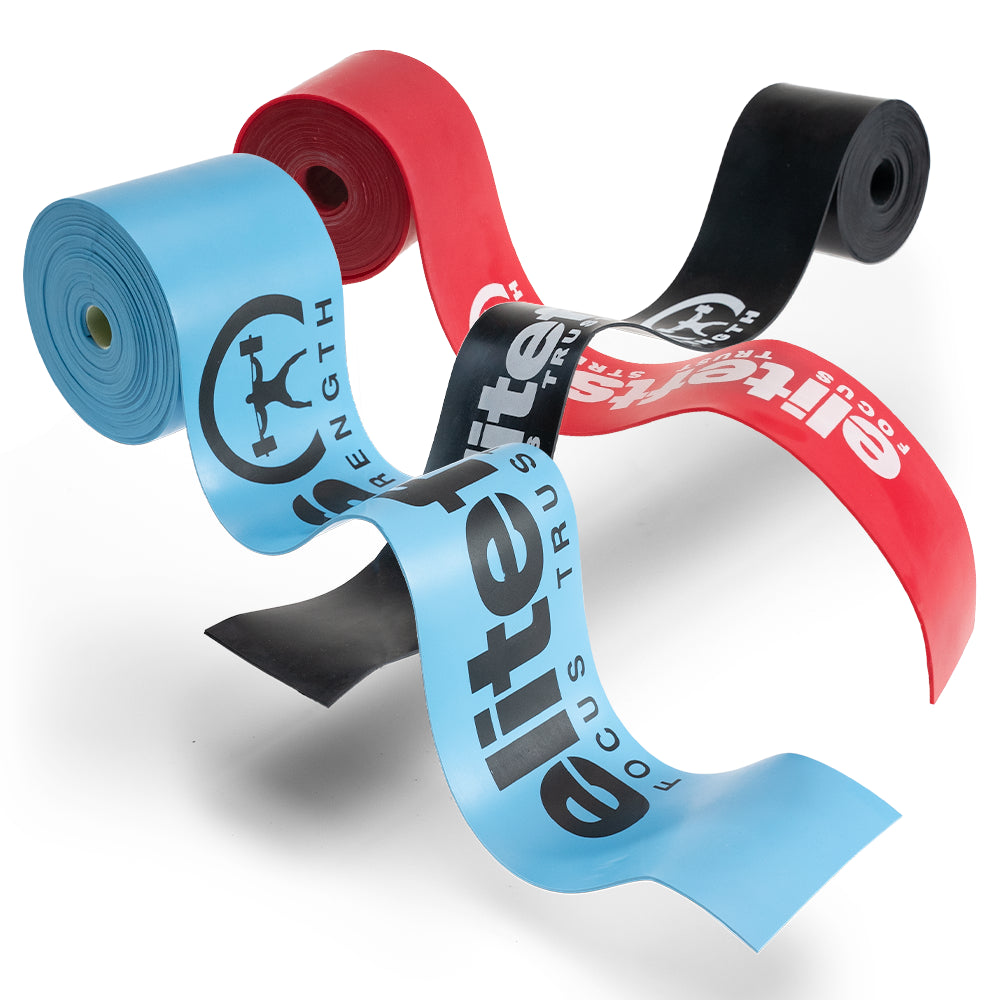Putting together your training program after a meet can be a complex task. Oftentimes, your head is swirling with ideas about what you should change, what you need to work on, and if you should completely turn your training on its head.
In Part 1 of this two-part series, I covered the SWOT Analysis and how it can help you make sense of your recent meet performance, as well as how it can help you organize your strengths, weaknesses, opportunities, and threats to succeed on the platform. After organizing your analysis, the next task is to outline your programming.
The goal of this article isn't to give you a cookie-cutter template for your off-season, instead it should serve as a springboard for understanding how you can design your own programming. As you gain experience and begin to understand the principles and thought processes involved in creating an effective program, it will be more valuable than any one-size-fits-all template that you can read. If you can learn how to honestly self-evaluate and then address that evaluation with the appropriate system of training, you’ll be miles ahead of your competition.
Training Timeline
A big factor in how you construct your programming is time. How long do you have before your next meet? If you plan on turning around and doing another competition in 10 or 12 weeks, then you don't want to make as many big changes. Focusing on smaller and more attainable goals during this time frame will make for a smoother transition into your next competition. Completely changing your technique, getting away from your competition lifts, or jumping multiple weight classes might not be the wisest of decisions. However, making adjustments to assistance work, focusing on one or two smaller technique changes, and focusing on fixing mental errors from your previous meet are wiser goals for this amount of training time.If your next meet isn’t for 20+ weeks, however, you can afford to make some larger adjustments to your programming. With a longer timeline, you can look at goals further from your normal competition lifts. Some examples of this might be focusing completely on raw movements (as an equipped lifter), increasing work capacity with volume and/or cardio, changing technique or deadlift style, and working on body composition using dietary adjustments or bodybuilding-style assistance work. There are many directions you can take, but the first step is deciding what you have time to realistically change before your next meet.

Finding the Right Framework
Once you’ve determined the timeline for your next competition, your next step will be deciding what framework you want to utilize for training. Depending on what you found during your SWOT Analysis, this may change drastically or remain similar to your last competition. For instance, if one of your strengths was conjugate programming translating well to the platform, and one of your opportunities is a solid training crew who trains in a conjugate system, then by all means stick with that programming style. This doesn’t mean you won’t be making adjustments to your program, but if something was a strength and you have the opportunity to further capitalize on it, go for it!On the other hand, if you found that a weakness was that your programming did not translate to the platform, perhaps you need to train in a system that caters more to your needs as a lifter. For example, if a beginning lifter who lacks good technique rarely performed the competition lifts during a conjugate training cycle, then it may have led him to feel uncomfortable and out of sorts on the platform. This next training cycle would benefit from a program or system which incorporates more of the competition-style lifts so that he can get more experience performing them for the next meet. There is no right or wrong program or system, but it is important to find the right one that optimizes your strengths and opportunities and addresses your weaknesses and threats.
Choosing Goals Aside from the Platform
If you are planning on taking a longer period of time before your next competition, a physical and mental break from powerlifting may be a good thing for you. Doing diverse training like bodybuilding, Olympic weightlifting, or strongman may not only benefit you physically, but it may also benefit you mentally as well. Diversifying your training can address physical weaknesses and provide a good base for your next powerlifting training cycle. For instance, bodybuilding-style training and diet can help you build more muscle in order to prevent injury and enhance your base for strength. Strongman training, on the other hand, can help you build your work capacity so that you aren’t huffing and puffing during every squat session. Olympic lifting (aka weightlifting) or performing movements like box jumps can help optimize your explosiveness. Remember, though, how much you diversify your training will depend on the time you have before your next competition. Specificity will always be an over-riding factor in powerlifting, so make sure your training is designed accordingly as you approach meet time.













































